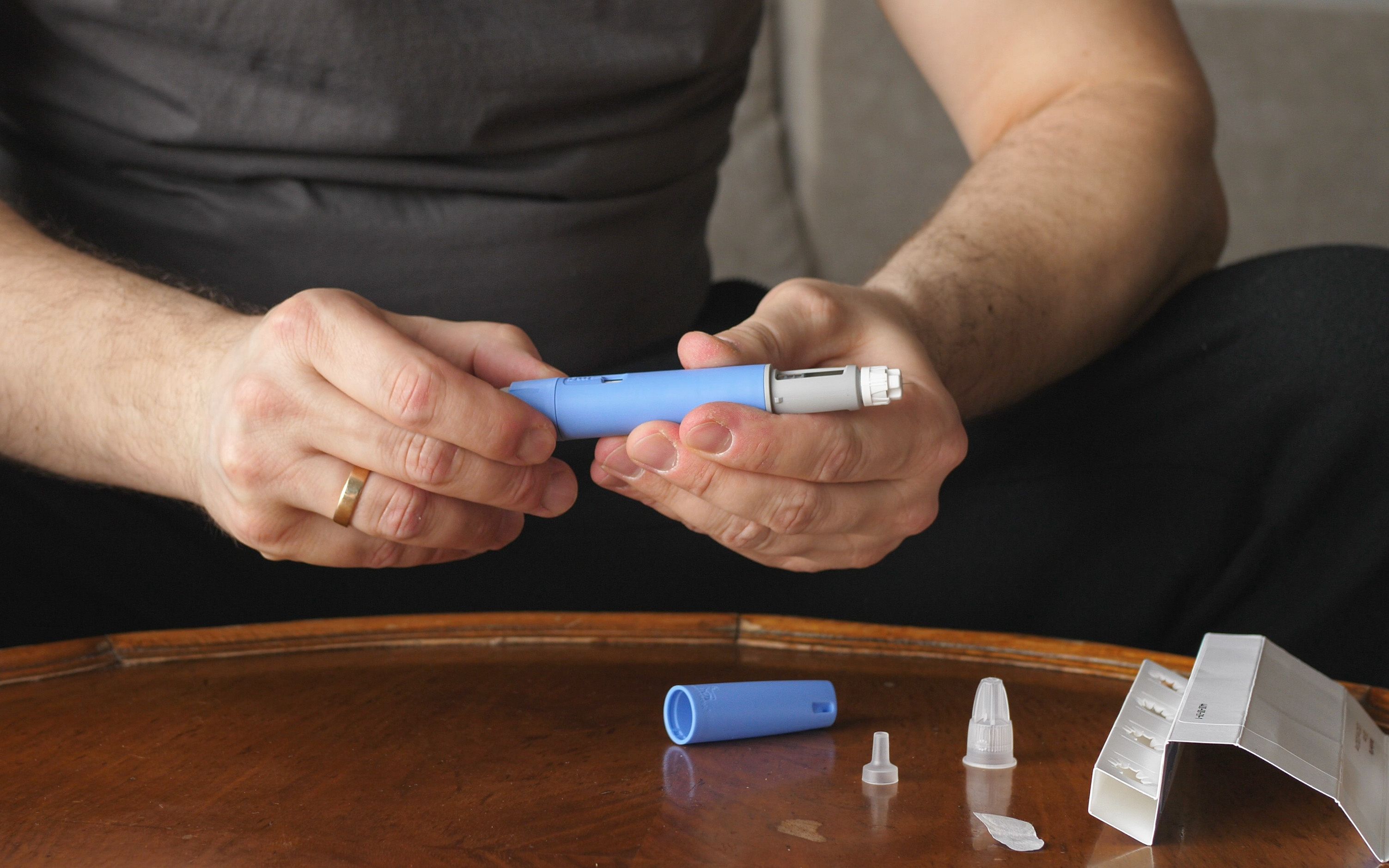- Case-Based Roundtable
- General Dermatology
- Eczema
- Chronic Hand Eczema
- Alopecia
- Aesthetics
- Vitiligo
- COVID-19
- Actinic Keratosis
- Precision Medicine and Biologics
- Rare Disease
- Wound Care
- Rosacea
- Psoriasis
- Psoriatic Arthritis
- Atopic Dermatitis
- Melasma
- NP and PA
- Skin Cancer
- Hidradenitis Suppurativa
- Drug Watch
- Pigmentary Disorders
- Acne
- Pediatric Dermatology
- Practice Management
- Prurigo Nodularis
- Buy-and-Bill
Article
Examining the ins and outs of skin poration
Skin poration is a not a new concept, but rather the application of acupuncture techniques to skincare. In East Asia, rollers coated with sharp needles have been used for a variety of purposes, from pressure point release for muscle pain to the rejuvenation of skin to a method of penetration enhancing topical products.

Zoe Diana Draelos, M.D.
Q. What is skin poration and how does it work?
A: Skin poration is a not a new concept, but rather the application of acupuncture techniques to skincare. In East Asia, rollers coated with sharp needles have been used for a variety of purposes, from pressure point release for muscle pain to the rejuvenation of skin to a method of penetration enhancing topical products. This trend has now spread to the United States, and I noted these rollers were offered for sale at the last American Academy of Dermatology meeting.
The rollers typically are 1 to 2 inches in diameter and coated with sharp stainless steel needles. They are sold sterile for individual use and can be cleansed with alcohol, a disinfectant solution or soap and water. The needles are conical, with the point pressed into the skin to create a hole whose depth is dependent on the length of the needle and the pressure with which the roller is moved over the skin.
The minute holes are touted to increase collagen regeneration in the areas of wounding in columns similar to those created by a fractionated laser. The roller can also be applied after a topical product has been placed over the skin to allow the needles to carry the topical agent into the skin.
Perhaps the newest and most interesting use of poration is for the placement of hyaluronic acid into the skin. Instead of injecting hyaluronic acid-based filler into the skin with a 30-gauge needle to correct folds and volumize the face, a thin hyaluronic acid serum is placed over the facial skin followed by use of the roller. The roller pushes the hyaluronic acid into the skin in small quantities on a daily basis. Over time, it is believed that the hyaluronic acid will build up in the skin to hydrate the superficial viable epidermis and possibly deeper.
The roller is not intended to draw blood, thus it probably does not reach far into the dermis. More dramatic effects are said to occur when the roller is electrified to further modify the skin.
In Europe, many dermatologists are using the poration device over the skin that was treated with injectable filler. The theory is that the collagen regeneration plus the filler provide better anti-aging benefits. Others purport that the poration device more evenly distributes the injection of hyaluronic acid droplets in the skin.
Does this technique work? It depends. Hyaluronic acid is rapidly degraded in the skin unless it is crosslinked. Crosslinked hyaluronic acid is used in all currently marketed fillers to increase the longevity of the product in the skin; however, it is not a thin liquid.
Is it possible to put crosslinked hyaluronic acid into the skin with a poration device? I am not sure. Since these devices are sold over-the-counter, no one really wants to know because injection into the skin would technically make the rollers a device that would require Food and Drug Administration attention.
Does the roller hurt? Not as much as you might expect. Good devices have very sharp, well-engineered needles. Furthermore, the spacing of the needles is said to fit between the skin nerve bundles, allowing for reduced pain. Certainly, the discomfort of poration depends on the device construction and the pressure with which the device is rolled over the face. DT





